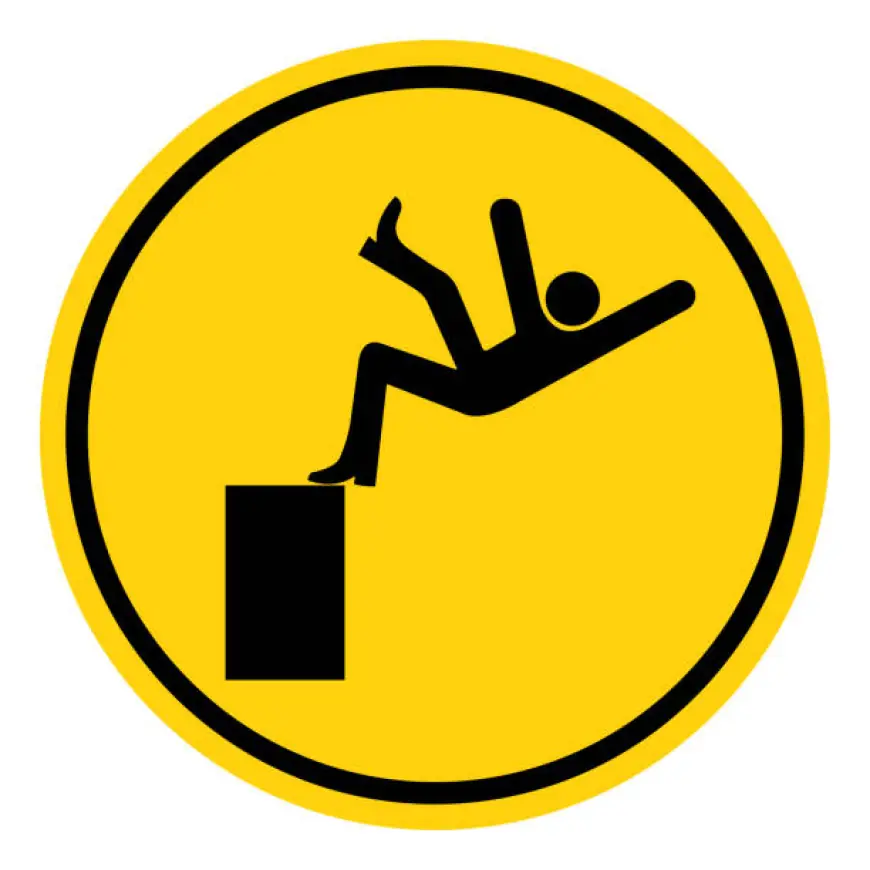Understanding Economic and Non-Economic Damages in Slip and Fall Cases
The piece highlights factors influencing compensation and stresses the importance of legal guidance to ensure fair claims.

Understanding Economic and Non-Economic Damages in Slip and Fall Cases
Slip and fall accidents are among the most common personal injury claims. They can occur almost anywhere, from grocery stores, restaurants, sidewalks, and private residences. When such an accident happens due to someone else’s negligence, the injured party may have the right to pursue compensation for their losses. This compensation is often divided into two categories: economic damages and non-economic damages. Understanding these categories is essential for determining the full scope of a claim.
What Are Economic Damages?
Economic or special damages refer to quantifiable monetary losses incurred due to the accident. These damages are typically easier to calculate because they are tied to specific costs and expenses. Some common examples of economic damages in slip and fall cases include:
-
Medical Expenses: Costs associated with medical treatment, such as hospital bills, doctor visits, physical therapy, medications, and future medical care.
-
Lost Wages: Compensation for income lost due to time off work while recovering from the injury.
-
Loss of Earning Capacity: If the injury results in long-term or permanent disability, the victim may be entitled to damages for the reduced ability to earn income in the future.
-
Property Damage: If personal belongings, such as a phone or glasses, were damaged in the fall, their repair or replacement costs may also be included.
To substantiate economic damages, it is crucial to maintain detailed records, including receipts, invoices, and wage statements.
What Are Non-Economic Damages?
Non-economic damages, also known as general damages, are more subjective and pertain to the non-monetary impact of the accident. These damages compensate the victim for the pain, suffering, and diminished quality of life resulting from the injury. Examples of non-economic damages include:
-
Pain and Suffering: Compensation for physical pain and discomfort experienced due to the injury.
-
Emotional Distress: Damages for psychological impacts, such as anxiety, depression, or trauma caused by the accident.
-
Loss of Enjoyment of Life: If the injury prevents the victim from engaging in hobbies, activities, or social interactions they once enjoyed.
-
Loss of Consortium: In some cases, family members may claim compensation for losing companionship, support, or intimacy due to the injury.
Calculating non-economic damages is more complex, as these losses have no fixed monetary value. Courts and insurance companies often use the “multiplier method,” which involves multiplying the economic damages by a factor that reflects the severity of the injury.
Factors Affecting Damages in Slip and Fall Cases
The amount of compensation available in a slip-and-fall case depends on several factors, including:
-
Severity of Injuries: More severe injuries typically result in higher damages due to increased medical costs and a more significant impact on the victim’s life.
-
Degree of Negligence: The degree to which the property owner or responsible party was negligent can influence the case outcome.
-
Contributory Negligence: If the victim is found partially at fault for the accident, their compensation may be reduced proportionately.
-
Documentation: Strong evidence, such as medical records, photographs of the hazard, and witness testimony, can significantly strengthen a claim.
Why Legal Representation Matters
Navigating the complexities of a slip-and-fall case can be challenging, especially when accurately calculating damages. An experienced personal injury attorney can:
-
Assess the full extent of economic and non-economic damages.
-
Gather and present evidence to support the claim.
-
Negotiate with insurance companies to seek fair compensation.
-
Represent the victim in court if a settlement cannot be reached.
Conclusion
Slip and fall accidents can have serious and lasting financial and emotional consequences. By understanding the distinction between economic and non-economic damages, victims can better appreciate the full scope of their losses and work towards fair compensation. Seeking professional legal guidance ensures that all aspects of a claim are thoroughly addressed, providing the best chance for a successful outcome.
What's Your Reaction?
 Like
0
Like
0
 Dislike
0
Dislike
0
 Love
0
Love
0
 Funny
0
Funny
0
 Angry
0
Angry
0
 Sad
0
Sad
0
 Wow
0
Wow
0















































